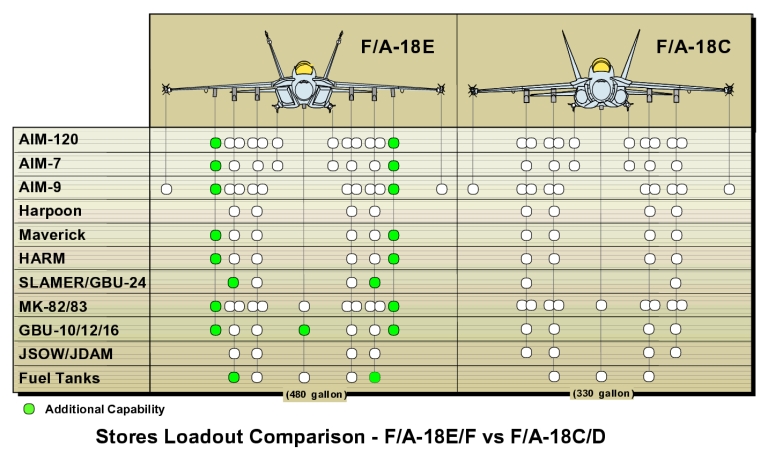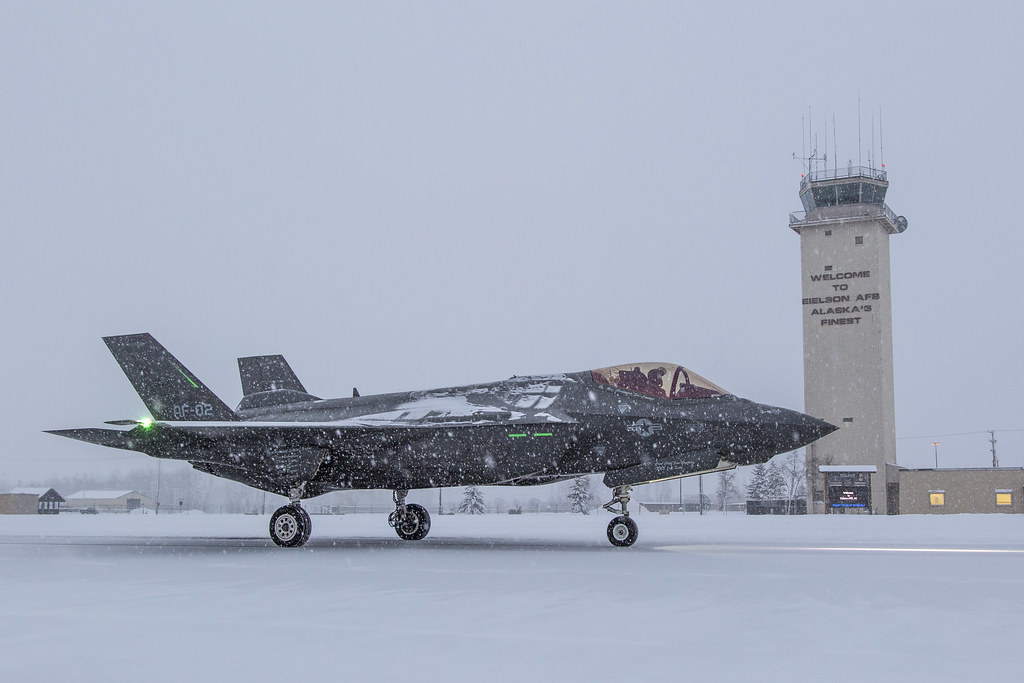thumper76 wrote:I take the lives seriously. My feelings will get involved when I am getting the impression that I am conversing with someone that appears not to be expressing the same care/concerns. I will assume that you did not fully read my posts to you. What I stated as fact is fact. My hope is that you did not fully read my posts and therefore responded without understanding what I stand for and where I stand. Would make me feel more comfortable thinking Australians stand up for what is right.
Again I’m not sure what you’re trying to say. If you think that my advocacy for a single engine jet comes at the expense of aircrew’s lives then we will have to agree to disagree. Given I know people in the respective communities flight safety is just as personal to me.
thumper76 wrote:BTW purchasing the super Hornets for Australia's huge unpopulated back yard was a good move in my opinion
The RAAF acquisition of the SH was a great idea but it had nothing to do with the Australian landscape and everything to do with the unsustainable costs of the F-111 and the need for a replacement. The SH requires just 5 rides for a classic Hornet crew member to convert across so it was easier for the RAAF to roll aircrew across to the SH than any other potential interim. The F-35 delays that occurred after that showed it was a great idea for an interim capability.
thumper76 wrote:Canada is intending to operate one type of fighter. That being so I believe Canada can only go with a twin stealth aircraft. I personally think that Canada should operate two types of witch one would be at least a forth gen twin (f18, rafale or typhoon). And a stealth with full passive interrogation. The twin to patrol the north and the stealth platform for high threat environments /conflicts.
So this is where we can assess some good work done by members of the RCAF. One of the primary issues Canada faces is the economic ability to afford new fighter jets and is one of the reasons the Liberals keep kicking the can down the road.
What we know is that operating two types comes at a greater cost than a single fleet, both in sustainment costs and in acquisition cost and requires more overall aircraft. This is evidenced by the following study,
army.ca/forums/index.php?action=dlattach;topic=120786.0;attach=53025
You will need to cut and paste into your web browser to view. It was available on the RCAF website but was one of the documents taken down when the Liberals placed a gag order on the RCAF talking about fighter capability and requirements.
What it shows is that the RCAF found it not cost effective to run fast jet mixed fleets for a force the size of the RCAF. Quote below,
The previous section showed a mixed fleet of 74 aircraft does not deliver the same capability as a single fleet of 65 aircraft. This section examines known cost considerations in an effort to compare the single and mixed fleets. Despite having a sub-fleet of lower cost aircraft, the loss of economies of scale combined with the cost of duplication may result in a mixed fleet that is more expensive than its single fleet counterpart as was shown in a recent estimate of sustainment costs of future Australian fighter fleets (Ref. R).
Figure 1 presents a fitting analogy that helps one understand that reducing acquisition costs alone is completely insufficient to ensure mixed fleet costs are comparable to those of a single fleet. The studies at Refs. S and T provide evidence that is consistent with the existence of significant fixed operating, support, and infrastructure costs associated with any aircraft fleet. In the case of a mixed fleet, extra costs result from duplication: infrastructure; aircraft maintenance support equipment; operational and maintenance training; supply lines; project management; engineering support; aircraft certification; test and evaluation; storage and management of spare parts, weapons, and expendables; and electronic warfare and systems reprogramming are just some of the many sources of duplication amongst the two sub-fleets.
So mixed fleets are not a great idea when you don’t have either the specific need or the force size to sustain them. The argument is that the Canadian North is not different enough from other operations to require a whole separate type to operate in that region.
thumper76 wrote:Obviously at the this time the f35 would be the only option for the stealth. I would like to have our platforms integrated to both the west and European systems.... I know now I am asking to much! I would like the flexibility to use armaments from the west or Europe depending on world political climate. Sounds like a stretch but if the aircraft is to be in service till 2060 I don't think we could take less.
When you say integrated with West and European systems what are you referring to specifically? There is already broad integration at the NATO level so am curious what you are referring to.
As for the armaments, it is certainly moving in the right direction. The US is bringing in UAI which will allow a manufacturer to design all the interface systems against a common standard. It will make software integration into a jet nearly seamless and just require the carry and release tests to verify compatibility. Some info on UAI here, http://defense-update.com/products/u/uai.htm
I’d expect UAI to become a NATO standard at some point soon, it makes too much sense for it not to be.
thumper76 wrote:Might be best for Canada and some other countries to combine heads to build fighter that can be a jack of all trades,, but that is getting political. That being said airbus just called Canada "its first member country outside Europe" but 10+ years is a long time to wait.
Don’t you think Canada has already done that? The JSF program has brought a true multi-role aircraft that is better than the platforms it has been designed to replace. Canada's participation has come with some excellent industrial benefits.
thumper76 wrote:And a stealth with full passive interrogation.
What do you define full passive interrogation as?
thumper76 wrote:The twin to patrol the north and the stealth platform for high threat environments /conflicts.
Another great read is the Threat Capability Assessment for Canada’s Fighter Aircraft Capability which was published a few years ago and makes pretty clear the assessed threat environment that the next Canadian fighter jet will operate in. The assessment is available here, http://www.forces.gc.ca/en/about-reports-pubs/threat-capability-assessment-en.page
It seems difficult to separate the two areas into separate fighter jet capability based on what CDI has indicated is the likely threat.









